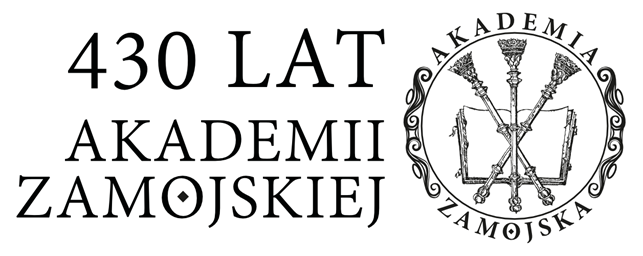Znaczenie „bliskości” dla transferu wiedzy do regionu. Analiza cytowań patentowych
Małgorzata Wachowska
Abstrakt
Celem artykułu jest wskazanie roli, jaką odgrywa bliskość geograficzna i sektorowa w transferze wiedzy do podmiotów z województwa opolskiego. Analiza dokumentów patentowych złożonych w Urzędzie Patentowym Rzeczpospolitej Polskiej przez podmioty z regionu opolskiego, pod kątem geograficznej i sektorowej lokalizacji źródeł wiedzy, którą cytują te podmioty, pozwoliła na sformułowanie dwóch zasadniczych wniosków. Po pierwsze, dla podmiotów z regionu opolskiego bliskość geograficzna nie ma znaczenia w pozyskiwaniu wiedzy. Ponad 78% wiedzy transferowane jest z zagranicy, jedynie 22% napływa z innych miejsc Polski. Wiedza napływająca zaś z innych państw, pochodzi głównie ze Stanów Zjednoczonych (34,1% ) i Japonii (22,1% ), a w dalszej kolejności z Niemiec (13,1% ), co także wskazuje, że bliskość geograficzna nie jest ważna w nabywaniu wiedzy przez podmioty Opolszczyzny. Po drugie, bliskość sektorowa jest istotna w nabywaniu wiedzy przez podmioty z sektora przemysłu, ale nie odgrywa znaczącej roli dla podmiotów sektora nauki. Jedynie 19,4% wiedzy jest transferowane od sektora nauki do przemysłu i aż 80,6% od jednych do drugich podmiotów sektora przemysłu. Oznacza to, że przedsiębiorstwa z regionu opolskiego swą wynalazczość opierają głównie na wiedzy innych przedsiębiorstw, jedynie w nieznacznym stopniu interesując się osiągnięciami uczelni czy innych jednostek B+R. Natomiast do podmiotów sektora nauki z województwa opolskiego, aż w 77,8% wiedza napływa z sektora przemysłu i jedynie w 22,2% z innych jednostek sektora nauki.
Słowa kluczowe:
transfer wiedzy, cytowania patentowe, bliskość geograficzna, bliskość sektorowa, opolskieInne teksty tego samego autora
- Małgorzata Wachowska, Bariery przedsiębiorczości akademickiej na Dolnym Śląsku , Barometr Regionalny. Analizy i Prognozy : Tom 14 Nr 1 (2016)
Szczegóły
Bibliografia
Statystyki
Autorzy
Zasady cytowania
Licencja

Utwór dostępny jest na licencji Creative Commons Uznanie autorstwa – Użycie niekomercyjne – Bez utworów zależnych 4.0 Międzynarodowe.


 English
English
 Język Polski
Język Polski




